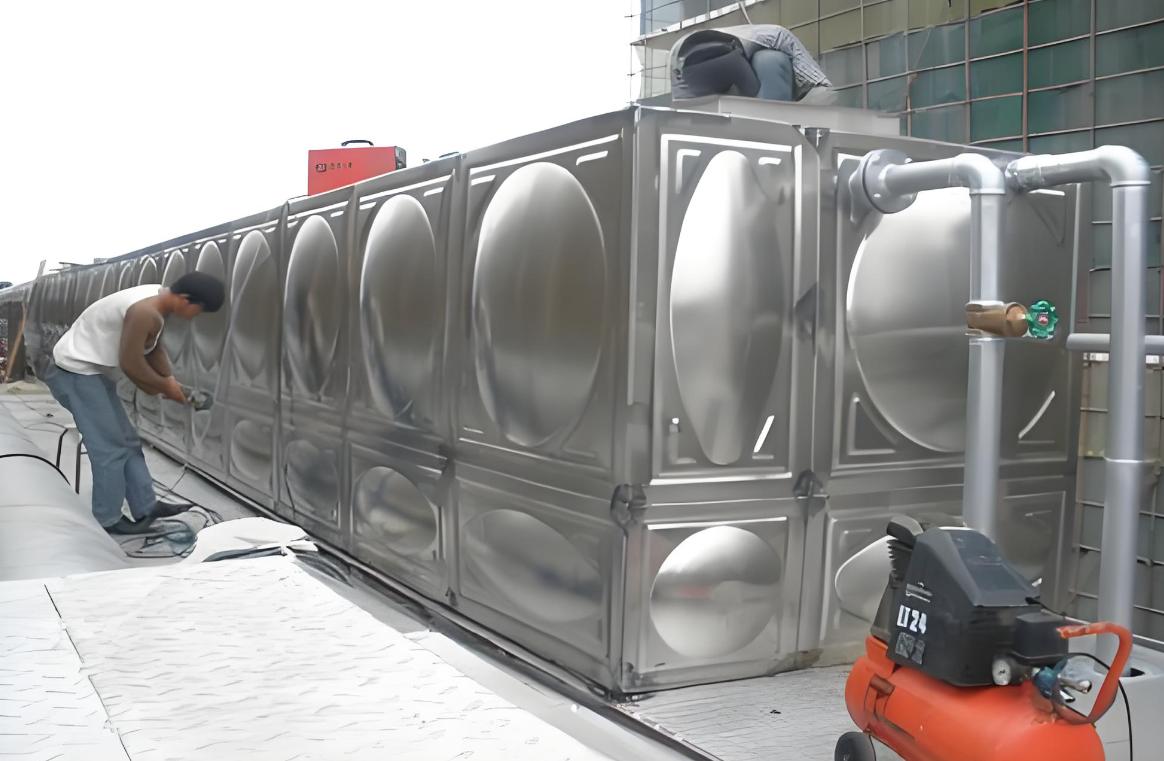
In the modern manufacturing industry, welding is a key technology for connecting different materials. Especially for materials like aluminum, steel, and stainless steel, due to their wide applications and unique physical and chemical properties, welding presents significant challenges. This article will thoroughly analyze the welding techniques and requirements for aluminum, steel, and stainless steel, helping you master the comprehensive strategies for welding various materials. Welding of Aluminum and Steel 1.1 Difficulties in Welding Aluminum and Steel The welding of aluminum and steel poses considerable difficulties due to the significant differences in their physical and chemical properties. The main challenges include:
- • Melting Point Difference: Aluminum has a melting point of 660°C, while steel melts at around 1500°C. This large difference in melting points can lead to the aluminum melting without the steel melting during welding.
- • Difference in Coefficient of Thermal Expansion: Aluminum has a much larger coefficient of thermal expansion than steel, which can cause significant stress and deformation during the welding process.
- • Intermetallic Compounds: At high temperatures during welding, aluminum and iron can easily form brittle intermetallic compounds, leading to embrittlement of the joint.
1.2 Techniques for Welding Aluminum and Steel 1.2.1 Using an Intermediate Layer The method of using an intermediate layer involves adding a layer of metal, such as nickel or copper, between aluminum and steel to alleviate the challenges of direct welding. This method can effectively reduce the formation of brittle intermetallic compounds.
1.2.2 Choosing the Right Welding Method
- • Explosion Welding: Utilizes the high energy produced by an explosion to instantly join aluminum and steel, forming a strong welded joint.
- • Friction Welding: Uses the heat and pressure generated by friction to connect aluminum and steel, avoiding the formation of brittle compounds at high temperatures.
1.2.3 Using Filler Materials Selecting suitable filler materials, such as those containing nickel, silver, or copper, can enhance the strength and toughness of the welded joint.
Welding of Stainless Steel 2.1 Difficulties in Welding Stainless Steel Due to its special composition and structure, stainless steel faces major challenges during welding, including:
- • Welding Deformation: Stainless steel has a low thermal conductivity and a high coefficient of thermal expansion, making it prone to significant deformation during welding.
- • Hot Cracking: Stainless steel is susceptible to hot cracking during welding, affecting the quality and lifespan of the welded joint.
- • Oxidation and Contamination: Stainless steel is prone to oxidation at high temperatures and sensitive to contaminants, requiring a high-quality welding environment.
2.2 Techniques for Welding Stainless Steel 2.2.1 Choosing the Right Welding Method
- • TIG (Tungsten Inert Gas Welding): Suitable for welding thin plates and small stainless steel parts, providing high-quality welds with minimal deformation.
- • MIG (Metal Inert Gas Welding): Suitable for welding thick plates and large stainless steel parts, offering fast welding speed and high efficiency.
2.2.2 Controlling Heat Input During Welding Properly controlling the heat input during welding can prevent deformation and hot cracking caused by overheating. Techniques such as multi-pass welding and rapid welding can reduce the heat input per weld.
2.2.3 Protecting the Welding Environment Using inert gases (such as argon) to protect the welding area prevents oxidation. Additionally, maintaining cleanliness in the welding area prevents contaminants from affecting weld quality.
2.2.4 Pre-heating and Post-weld Heat Treatment For thick stainless steel plates, pre-heating before welding and post-weld heat treatment after welding can reduce welding stress and deformation, improving the performance of the welded joint.
Welding of Aluminum, Stainless Steel, and Other Metals 3.1 Welding Aluminum with Other Metals 3.1.1 Aluminum and Copper Welding aluminum with copper often results in brittle compounds, typically addressed using brazing or explosion welding methods with copper-based or silver-based filler materials.
3.1.2 Aluminum and Magnesium Aluminum and magnesium have good compatibility in welding but require careful control of heat input to prevent overheating and oxidation of magnesium alloys.
3.2 Welding Stainless Steel with Other Metals 3.2.1 Stainless Steel and Carbon Steel Welding stainless steel with carbon steel requires selecting appropriate filler materials, such as nickel-based or stainless steel welding wires, while also controlling heat input and cooling rates.
3.2.2 Stainless Steel and Titanium Welding stainless steel with titanium is challenging, usually approached with explosion welding or brazing methods, using titanium-based filler materials. Conclusion The welding techniques for different materials such as aluminum, steel, and stainless steel are complex and varied, requiring the selection of suitable welding methods and processes based on material characteristics and application requirements. By mastering the welding techniques and requirements introduced in this article, one can effectively improve weld quality and joint performance, meeting the needs of various industrial productions. It is hoped that this article provides valuable references and guidance for professionals engaged in welding technology.





 Customer service 1
Customer service 1  Customer service 2
Customer service 2